10 Essential Tips For Successful Exterior DIY Painting
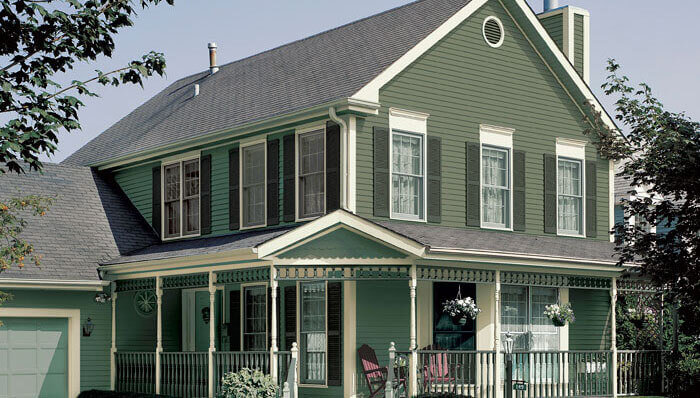 If you’re on a tight budget and would like to save money by carrying out an exterior painting project, there are a few tips you should follow. This way you’ll save efforts and additional expenses.
If you’re on a tight budget and would like to save money by carrying out an exterior painting project, there are a few tips you should follow. This way you’ll save efforts and additional expenses.
1. Prepare The Surrounding Area
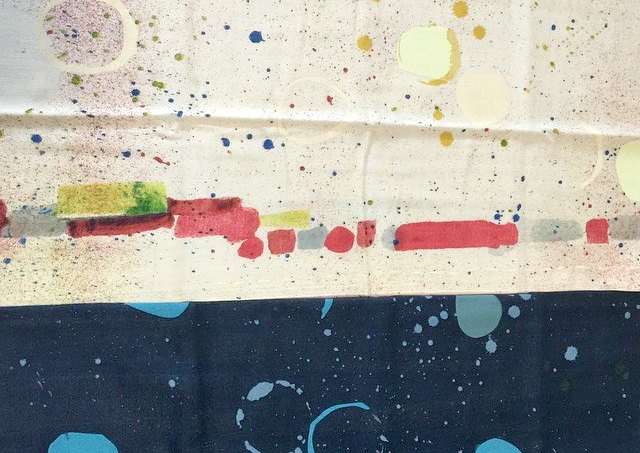
When painting your property, there’s always the possibility of paint splashes on the ground. To prevent this, cover the area around the place you’ll paint with drop cloths. You can use plastic covers, but you should know they’re thinner and might tear. If there are any plants around, cover them with a plastic sheet, so they don’t get damaged from the weight of the drop cloths.
2. Clean The Surface You’ll Be Painting
If you don’t clean up the area you’ll paint, there’s a fair chance the paint coating won’t be even. What’s more the dust and dirt will mix with the paint and might change the colour, especially if it’s a lighter shade.
3. Is The Old Paint Coat Lead?
Check the age of the property. If it was built around the 1960s and the paintwork hasn’t been renewed, it might contain lead. You have to be especially cautious, as the sanding dust is toxic for both you and the environment.
4. Sanding And Scraping
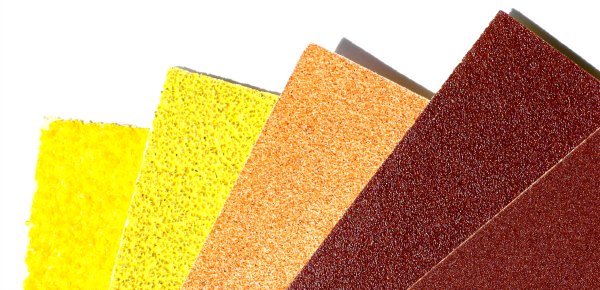
Image Source: commons.wikimedia.org
Before you start sanding the old paint coat check if there are any air bubbles formed. You can scrape them off and economise on sand paper. Because of the bubbles it will come off easily.
Before you even out the surface and get rid of the old paint coat, make sure the sand paper you’ll be using is coarse. This will ensure taking off thicker paint from bumpy spots easier and faster.
5. Check The Weather Forecast
This is an essential part of the preparation, as bad weather will ruin your DIY painting project. Rain will wither wash away the paint and the wet surface won’t let the paint adhere to it.So, it would be better to check what the weather will be during the days when you’ll be painting.
6. Don’t Try To Get Away With Cheap Products
Don’t stint on painting materials or tools. Lower prices don’t always mean the materials are just as good as those worth a few more pounds. Paying a little bit more for quality products is a good investment which will save you both time and efforts.
7. Finish The Clean-Up With A Coarse Brush
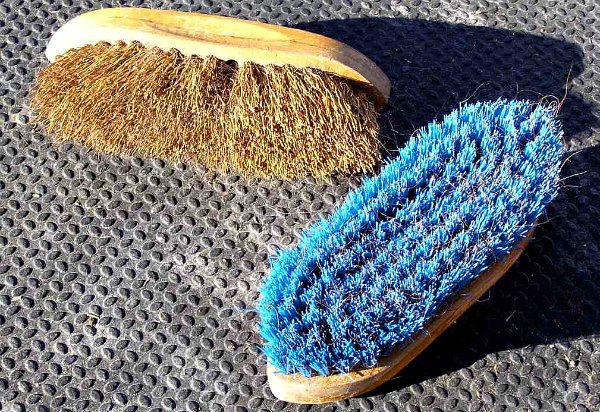
Image Source: commons.wikimedia.org
There might be grime, dust or paint residue left , so using a coarse brush will help you clean the spot. This way the fresh paint coat will be even and smooth.
8. Use The Proper Type Of Primer
If there are metal surfaces you have to re-paint, experienced painters would advise you to use metal primer. It will prevent rust from corroding the metal parts. Another benefit is primer function like paint glue. The best way to know if metal priming is obligatory is the old coating. If it has peeled off or chipped, this means the paint coat won’t endure either and priming is obligatory.
9. Check For Holes And Cracks and Fix Them
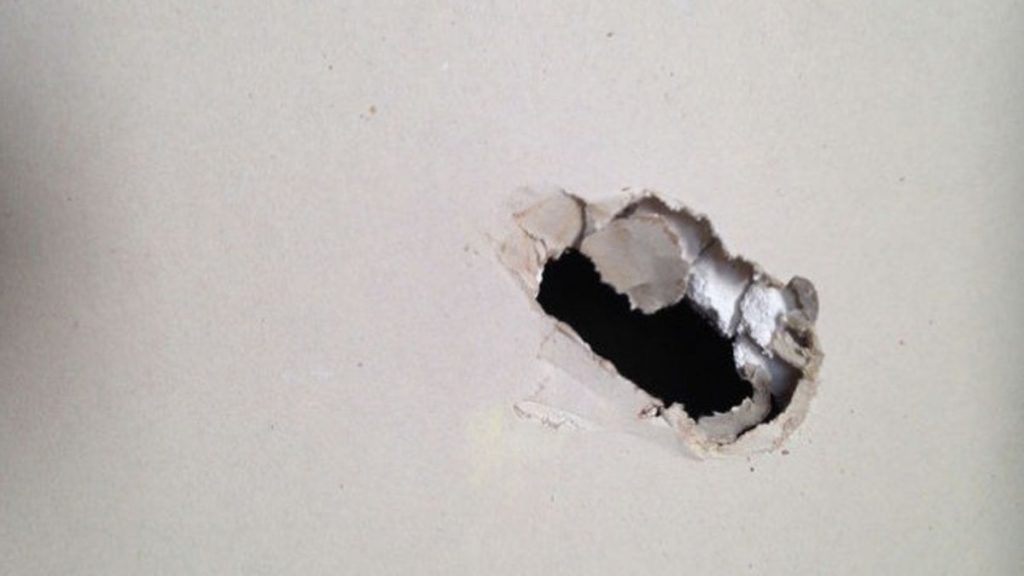 If there are any joints on the walls, siding, holes or cracks fix them after applying the primer. This way you’ll even the surface out. In case you need to caulk , make sure the caulking is not paint-resistant, so it won’t leave empty spots. If you’re not capable of doing it, it would be best to leave it to an experienced professional.
If there are any joints on the walls, siding, holes or cracks fix them after applying the primer. This way you’ll even the surface out. In case you need to caulk , make sure the caulking is not paint-resistant, so it won’t leave empty spots. If you’re not capable of doing it, it would be best to leave it to an experienced professional.
10. Start From The Top And Don’t Rush
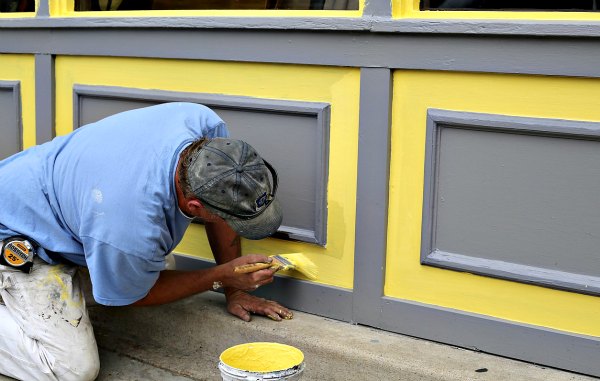
As experts in painting would advise you, it would be best to start from the top exterior parts of your property and continue to the bottom. What you should have in mind is you won’t finish the project in an hour or two, unless it’s a small window. In this case find a few days when you can spare more of your free time to complete the project without haste.

Leave a Reply